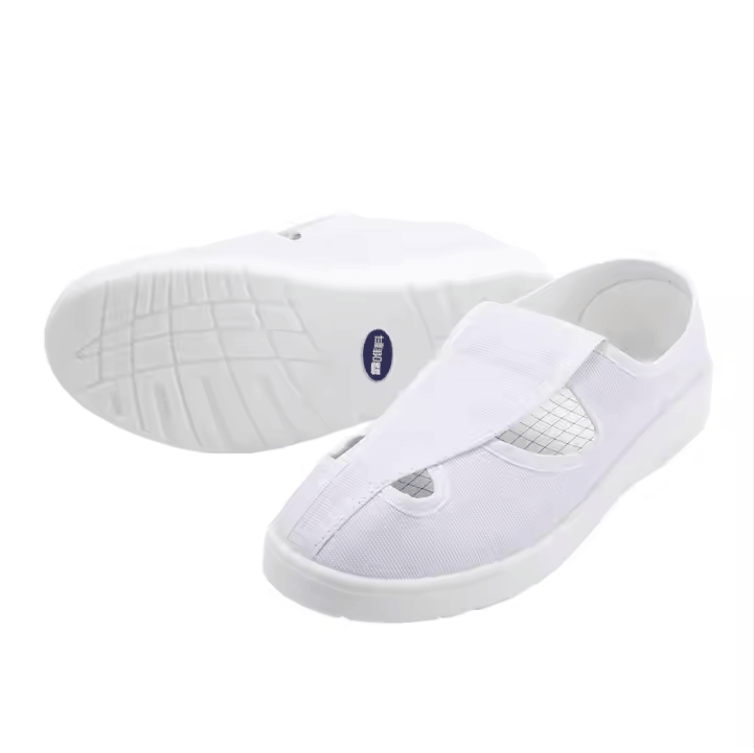ESD Safe Shoes
Here's a detailed introduction to ESD-safe shoes (Electrostatic Discharge Safe Shoes) — what they are, how they work, why they're used, and how to choose them?
What Are ESD-Safe Shoes?
ESD-safe shoes are specialized footwear designed to protect sensitive electronic components and devices from electrostatic discharge (ESD). They safely dissipate the static electricity that builds up in the human body through the soles and into the ground.
How Do They Work?
When you walk, especially on synthetic flooring, your body accumulates static electricity. This can discharge suddenly when you touch a conductive object, damaging electronics.
ESD shoes have soles made from electrically conductive or dissipative materials (like carbon or conductive rubber), which continuously discharge static from your body to the grounding floor or mat.
They typically:
Have conductive threads or carbon-filled soles
Are used together with ESD flooring or grounding systems
Ensure your body potential remains low (under 100V), reducing the chance of a static discharge
Key Technical Specifications
| Feature | Typical Value |
|---|---|
| Resistance to Ground (RTG) | 10⁶ to 10⁹ ohms |
| Material | PU, EVA, or rubber with carbon/conductive compounds |
| Sole Type | Conductive or Static Dissipative |
| Toe Type | Composite or Steel (optional, for safety shoes) |
Why Are ESD Shoes Important?
ESD shoes are vital in ESD-protected areas (EPA) like:
Semiconductor manufacturing
Electronics assembly lines
Aerospace & defense tech
Cleanrooms
Hospitals/labs handling sensitive sensors or instruments
Without ESD shoes:
You risk damaging sensitive components
Increase failure rates in production
Jeopardize certifications (like ANSI/ESD S20.20)
Types of ESD Shoes
Static Dissipative Shoes
Most common
Controls static, but not as conductive as anti-static shoes
Resistance: 10⁶–10⁹ Ω
Conductive Shoes
Very low resistance (10³–10⁶ Ω)
Discharges static extremely fast
Not suitable for environments with electrical hazards
Anti-static Shoes
Often used interchangeably with static dissipative shoes
Controls static moderately (resistance between 10⁵–10⁹ Ω)
How to Choose the Right ESD Shoes?
Check Your Work Environment
Use static dissipative for electronics/EPA
Avoid conductive in environments with electrical shock risks
Look for Standards Compliance
ANSI/ESD S20.20
ASTM F2413
IEC 61340-5-1
Comfort & Fit
Lightweight
Breathable
Shock-absorbing insoles
Slip Resistance & Durability
Good for factory or lab floors
Toe Protection (Optional)
Composite toe (non-metallic, ESD-safe)
Steel toe (not preferred for ESD-sensitive zones)
Maintenance Tips
Regularly test the resistance (weekly/monthly, depending on company policy)
Use ESD shoe testers or floor testers
Keep shoes clean — dust and moisture can affect resistance
Here introduce our two typical ESD Safe shoes:


